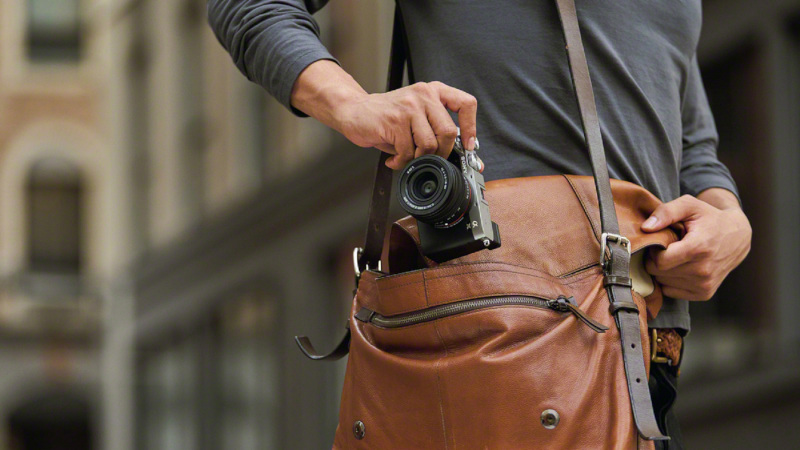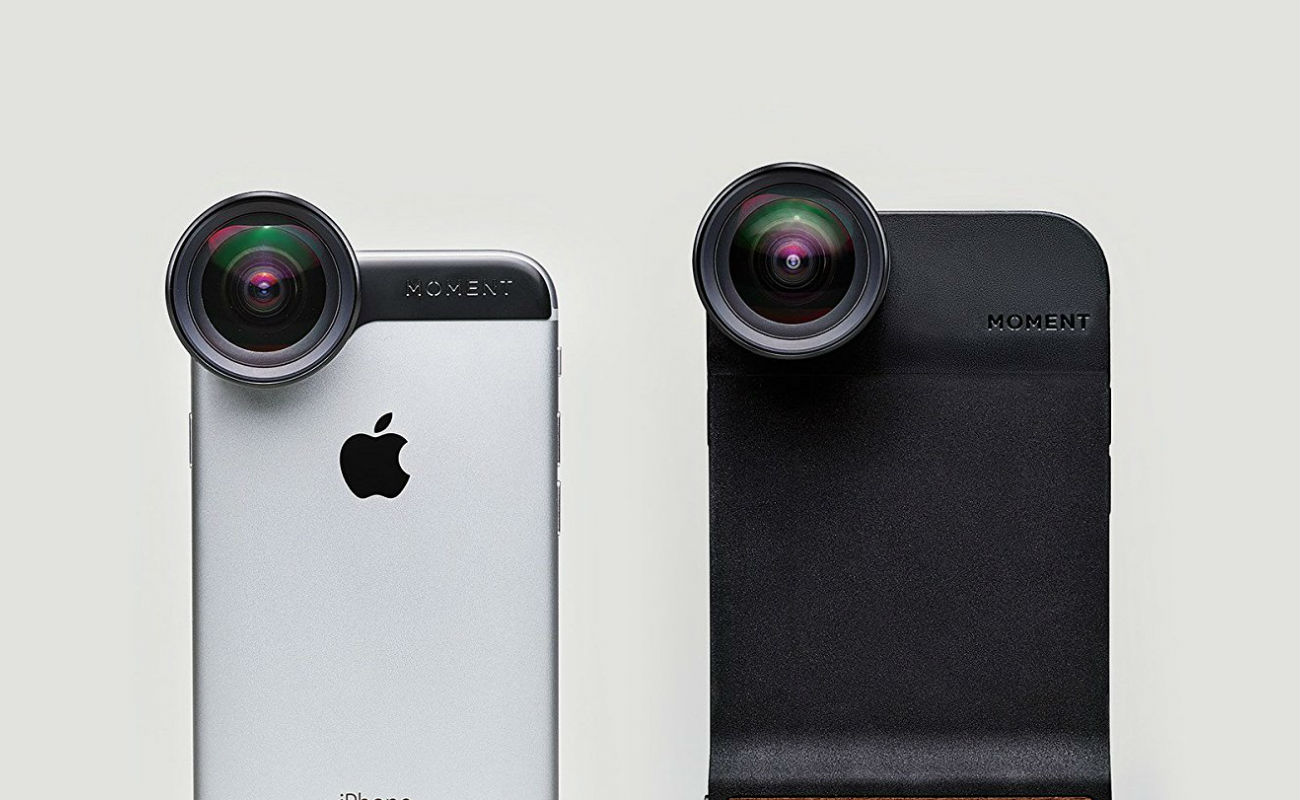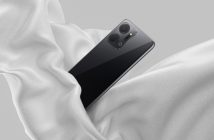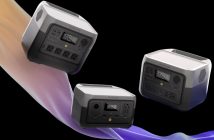Nature offers the most unique experiences, and you want to be sure not to miss it. Whether you are planning a one-day fishing trip, a weekend camping trip, or a safari getaway, then binoculars should be included in your outdoor gear checklist.

When shopping for binoculars, you will be faced with a wide selection of specifications, features and prices. It can all seem a bit overwhelming, but with a few tips, you can narrow down which binoculars will work best for you and suit your needs. This basic guide aims to make it easy to find the best price on binoculars that will suit your needs.

Size matters
Full-size binoculars such as 8×42 and 10×50 are the best choice for serious wildlife viewing, including bird watching. Perfect for safaris and searching for game in the bush, the wide lens gives you a wider field of view, making it easier to spot animals and birds as you take in a broad, magnified landscape.
Compact binoculars such as 8×25 and 10×25 are lightweight and easier to pack – making them ideal for backpacking or travel. However, compact binoculars do not offer a very wide field of view and do not perform well in low-light situations, making them less ideal for game viewing or bird watching. They’re better suited for daylight viewing and watching for animals on a more open plain.

Medium-size binoculars, for example, 7×35 and 10×32, are a compromise between the two, an ideal choice for the occasional trip. While the avid ranger or bird spotter will want a larger pair of binoculars, the less frequent game and bird watcher or hunter can opt for the medium binoculars for more convenience, but with a smaller lens.

What do the numbers mean?
The two numbers identifying binoculars represent the magnification power x lens diameter. For example, 10×25 binoculars have a magnification power of 10 and equate to higher magnification. The second number relates to the lens diameter, in this case, 25mm.

A larger lens captures more light, affords a brighter view and is best for low light conditions. Magnification above 10x is not ideal for game viewing as every movement of your hands is amplified, resulting in a less steady image. This wobble can also be nauseating, so any binocular with a magnification higher than 10x should be mounted on something.
Tips for those who wear glasses
Most binoculars offer a ‘eye relief’ feature, the distance you can hold binoculars away from your face for comfort. Glasses wearers should look for eye relief of 11mm or more when choosing binoculars to avoid obstruction, discomfort, of removal of your glasses.
Sometimes this eye relief comes in the form of eyecups, which can be adjusted for depth and width to accommodate different face shapes and depths. That’s the benefit of a excellent pair of binos.

If you are simply short or long-sighted, then you don’t have to wear glasses while using binoculars. Your glasses function as magnifiers much the same as binoculars do, so the binoculars should keep things clear even without your glasses.
But taking off your glasses every time to use your binoculars can be tedious, and you may even misplace your glasses. Some may find it easier to simply make sure their binoculars are set to the right magnification before using their glasses simultaneously with their binoculars. You can also wear sunglasses while using binoculars, if that is your preference.
Prism vs Roof Binoculars
Porro binoculars are the oldest form of binoculars. They’re the ones that seem to have a jog in the light path, giving it a more bulky design. Porro Prism binoculars are cheaper to produce and are less compact, although they still provide good optics, and their imagery provides high contrast which can help with spotting.
Many prefer the compact, straight design of Roof binoculars. While it may look like the light path is more direct, going straight down, it actually has a more complicated internal reflection than Porro prisms, making them more expensive. Roof Prism binoculars are more compact, making them ideal for hiking and other outdoor activities.
And while in the upper price range you’ll receive better quality when purchasing Roof Prism binoculars, in the lower to middle price range Porro binoculars will perform better than Roof prisms. That’s because the lower production cost on low to mid-range Roof prisms means they’re not as optimised.
PriceCheck tip: Set up your own home studio with a range of photography studio items, inluding ring lights, tripods, studio boxes, and more.
Other features to consider
Of course, there are many more features to consider when searching for the best pair of binoculars to suit your budget and needs, such as lens coatings, the field of view, the look, the additional features, and much more. This can all affect the price of your desired binoculars but at the end of the day, you want to choose the binoculars that work for you and your budget. Remember to account for how it feels on your face as well. Not all binoculars are adjustable, so find a pair that fits your facial features, eye depth, eye spacing, etc. If you can, see if you can handle and try out a few pair of binoculars before you purchase them.




